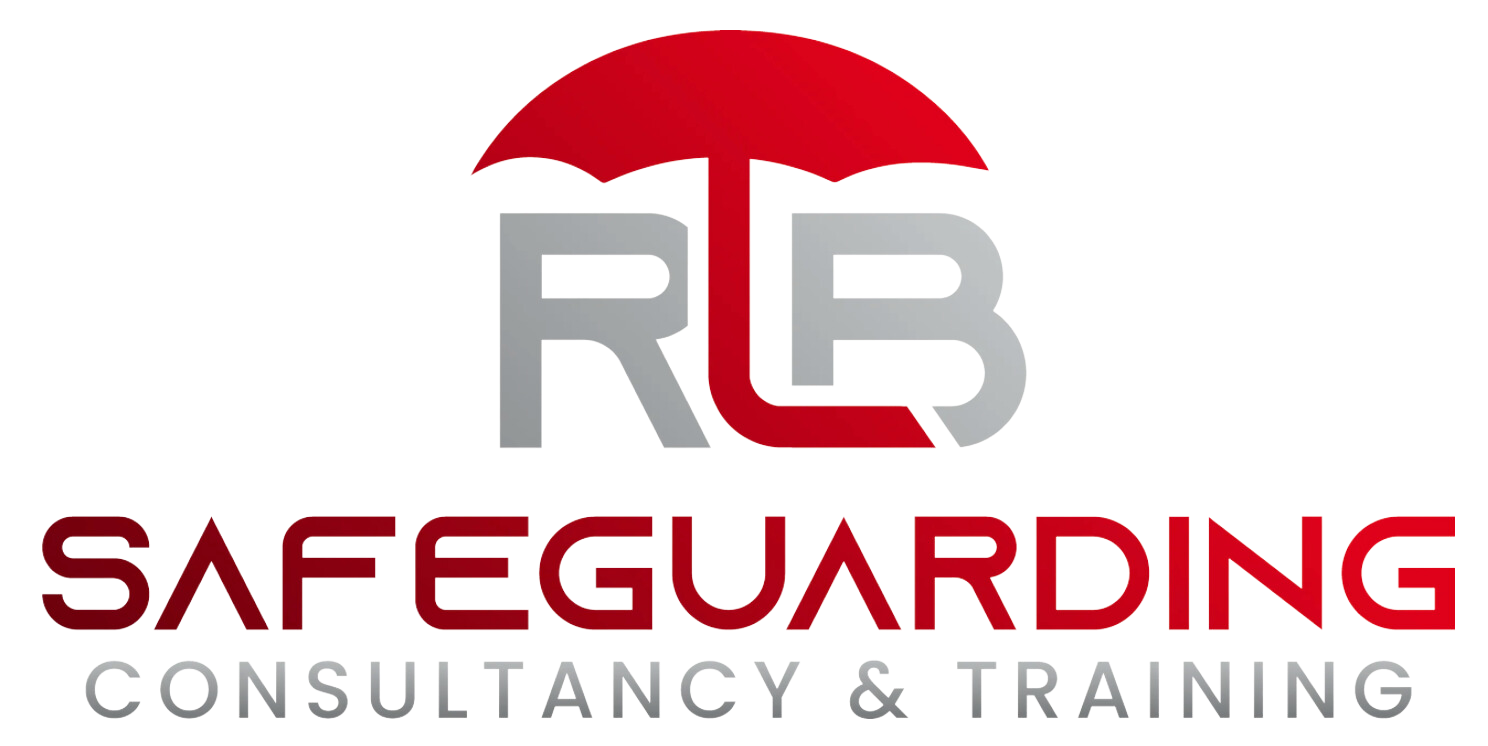Safeguarding Spotlight Series Recap: Prioritising Workplace Wellbeing with Emily Pearson
In our most recent Safeguarding Spotlight Series, we had the privilege of hosting our RLB partner, Emily Pearson, founder and director of the Wellbeing Lead Academy, for an insightful session on workplace mental health and wellbeing.
With over 25 years of experience in health and social care, Emily brought a wealth of knowledge, practical tools, and forward-thinking strategies that resonated deeply with attendees across safeguarding, HR, education, and health sectors.
Why Workplace Wellbeing Matters
Emily began by underscoring a growing concern: mental health challenges are significantly impacting productivity and staff retention. She shared sobering statistics highlighting that poor mental health has cost the UK economy more than £860 billion over the past 10 years, primarily due to presenteeism—employees who are at work but not functioning at their full potential.
Younger employees are particularly affected, facing rising levels of stress, anxiety, and burnout—often driven by external pressures such as the cost of living and housing instability. Emily reminded us that while personal resilience is important, organisational responsibility and systemic change are crucial.
Introducing the Mental Health Pillar Framework
A key highlight of the session was the introduction of the Mental Health Pillar Framework, developed by the Wellbeing Lead Academy. This practical tool is grounded in guidance from Thriving at Work, the World Health Organization, and NICE.
The framework includes four essential pillars:
🧠 Mental Health
💪 Physical Health
💬 Social Wellbeing
💰 Financial Wellbeing
Using a traffic light system, the framework helps organisations benchmark their current efforts and identify areas for improvement—whether they’re excelling, stable, or at risk.
Organisational Systems and Their Impact
Emily explored how systems—such as job design, management structures, workplace environment, and even seating and equipment—can either support or undermine employee wellbeing. She emphasised the importance of:
Supportive and trained line managers
Social connections in the workplace
A culture that values wellbeing as a core element of performance
Real-life examples, including those from participants in safeguarding and social care roles, highlighted the importance of environment, connection, and leadership in fostering mental wellness.
Resources and Continued Learning
Emily concluded with a suite of resources for organsations committed to improving workplace wellbeing:
✅ Mental Health Pillar Framework and benchmarking tools
🎓 Level 5 Diploma for Wellbeing Leads
🧭 Wellbeing Strategy Maturity Assessment
📚 Free downloadable resources and e-guides
📆 Men’s Health at Work Conference (June 2025), featuring a session on male survivors of domestic abuse
These tools are designed to help teams assess where they are—and plan where they need to go. You can access them here
Final Thoughts
Emily Pearson’s session was both inspiring and practical—a timely reminder that mental health and wellbeing must be embedded in our workplace culture, not bolted on as an afterthought.
Whether you’re a manager, HR lead, or safeguarding professional, the message was clear: proactively supporting employee wellbeing is essential—for people, performance, and progress.
To learn more about Emily’s work and access her free resources, visit the Wellbeing Lead Academy or connect with her on LinkedIn.
